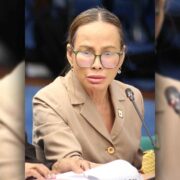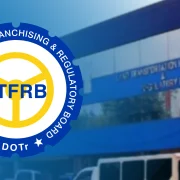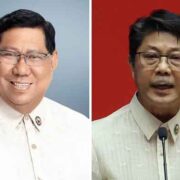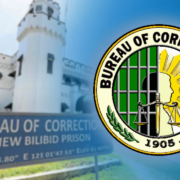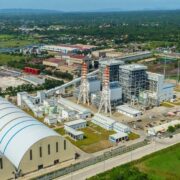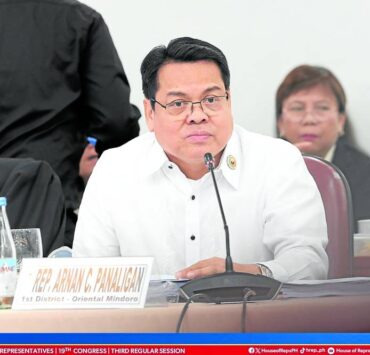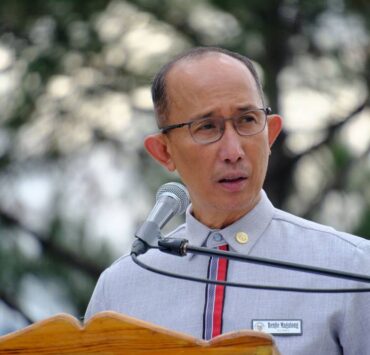‘All press release’? Groups seek clarity on what budget ‘observers’ can do
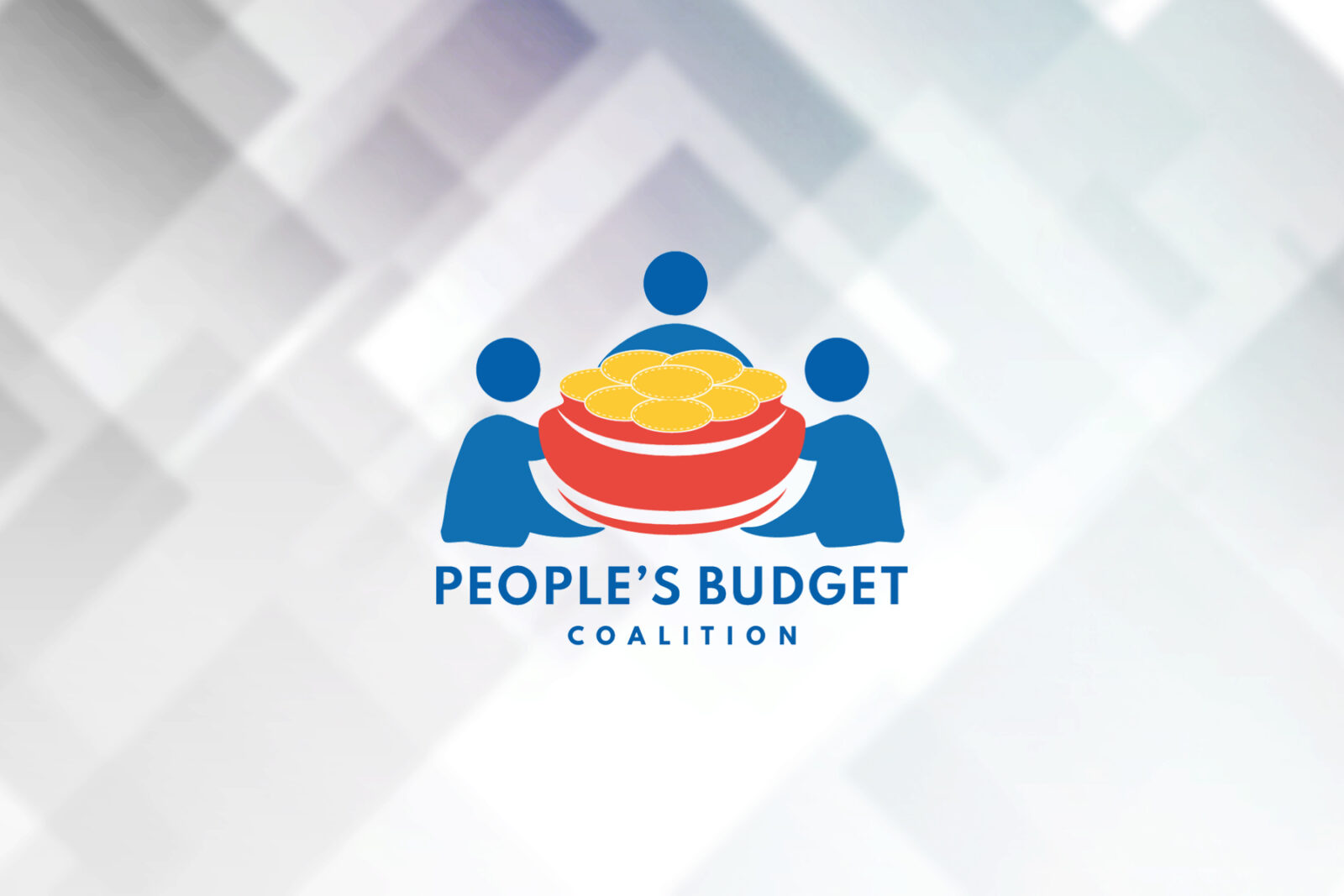
A coalition of civil society organizations seeking to participate in congressional deliberations on the 2026 national budget is asking the House of Representatives for clearer guidelines on the extent of their access and participation.
Without the guidelines, People’s Budget Coalition (PBC) warned that their role, which the House leadership had trumpeted as an unprecedented step toward transparency, might end up being no different from their experience in past budget hearings.
‘No clear action’ yet
PBC on Friday started giving suggestions on how the group and 11 other CSOs can effectively monitor the process on behalf of the taxpayer.
First is for the Congress to put up a budget transparency server; and second, to release a complete list of government aid program beneficiaries.
At a press briefing, PBC officers noted that deliberations on the 2026 National Expenditure Program (NEP) already started last week, but the House had yet to issue guidelines on the implementation of House Resolution No. 94, which granted 12 CSOs observer status.
PBC is a coalition of more than 20 watchdog organizations promoting the efficient and equitable use of public funds.
“We feel that the resolution merely relegates CSOs as observers and not resource persons in appropriation subcommittee hearings … It’s all press release. There is no clear action on the House on their ‘open bicam’ promise,” said Jessica Reyes of Social Watch Philippines, one of the PBC member groups.
Transparency server
“Right now, one of our main tasks (at the minimum) is to hold the line. We will make sure that there would be no new programs that are invented out of thin air,” she added.
For starters, having an open budget transparency server would allow the public to keep track of “insertions and realignments” from the NEP to the General Appropriations Bill (GAB), said Ken Abante, who helped analyze the budget for PBC.
The coalition is also calling for a system where contracts for government projects may be monitored more closely—from planning, awarding to implementation.
Lowest allocable budget
“That way, we can check whether (priority items in the budget) are substandard or pegged at contract prices that are too high,” said Abante.
Another suggestion calls for an open budget portal that would serve as the central hub for all documents and schedules related to the budget. It would include a “participation tracker” that can show the status of every CSO proposal submitted to Congress: which ones have been adopted, modified, or rejected.
PBC also called for the creation of an “open ‘ayuda’ (aid) beneficiary lists” for the Department of Social Welfare and Development’s social welfare programs, including the controversial Ayuda para sa Kapos ang Kita (Akap), the Medical Assistance for Indigents and Financially Incapacitated Patients, and the Assistance to Individuals in Crisis Situations.
The 2026 NEP did not allot fresh funding for Akap, a pet project of the previous Congress, citing the funds still left from 2025.
Having the guidelines, they said, would help ensure that the 2026 budget is optimized especially since the “allocable portion” of the budget has fallen to its lowest level in a decade.
Only P38 per P100
Based on PBC’s analysis, Abante said, only P38 of every P100 in the proposed P6.8-trillion NEP for 2026 would be available for programs and projects, particularly those for social welfare.
The allocable portion of the budget refers to what remains after the government pays its debts, national tax allotments to local governments, salaries and other mandatory expenses. The remaining amount funds key sectors, such as health, transportation and education.
For 2026, most of the budget is expected to go to debt service payments, leaving less for services that people need, he said. Currently, the national government debt constitutes 63.1 percent of the gross domestic product, above the national target of just 60.4 percent for the second quarter of 2025.
“Because our debt has gone up, a bigger portion of our budget is eaten up by the principal and interest payments on that debt. And the end result is that the allocable share of the budget becomes smaller,” Abante said.
At the same time, he noted that government spending was now outpacing revenue.
With all eyes on the budgets of the Department of Public Works and Highways, particularly on flood control programs, they also raised red flags about the “bloating amounts” of unprogrammed appropriations which began in 2022.
Eyes on ‘unprogrammed’
“So, unprogrammed appropriations are basically items on the government’s ‘wish list’ that don’t have funding yet and will only be implemented later on. What’s alarming here is that the government is supposedly planning these, but a larger and larger portion of the budget is becoming unprogrammed,” said AJ Montesa, another PBC budget analyst.
What’s challenging, he said, is that “any items flagged as priority projects—for example, by the Department of Transportation, such as infrastructure projects—are being moved to unprogrammed appropriations because Congress has decided to prioritize more of its cash aid programs and its pet infrastructure projects.”






